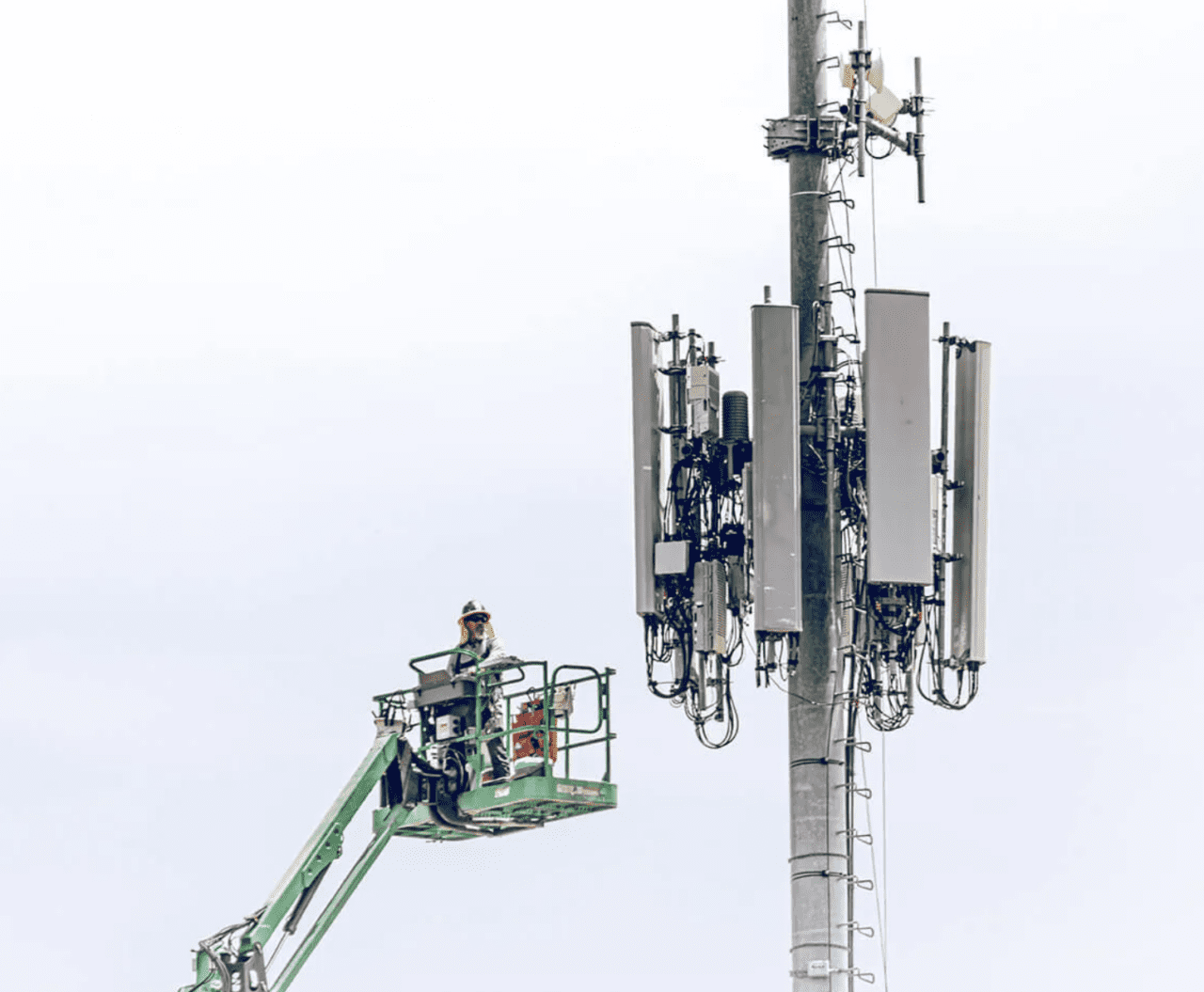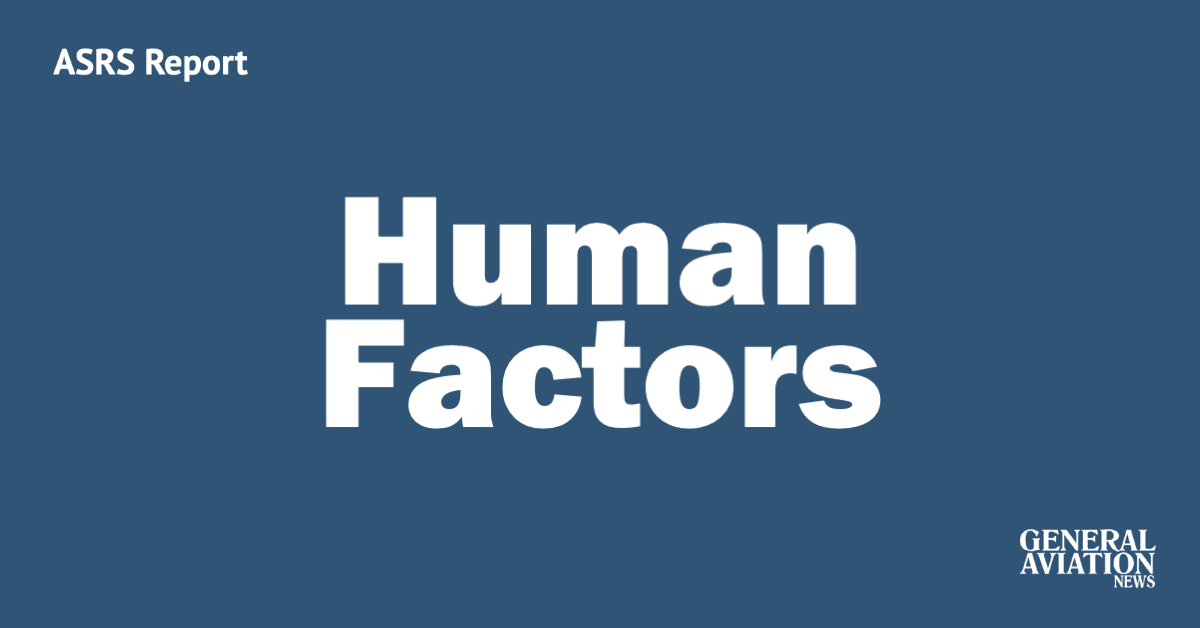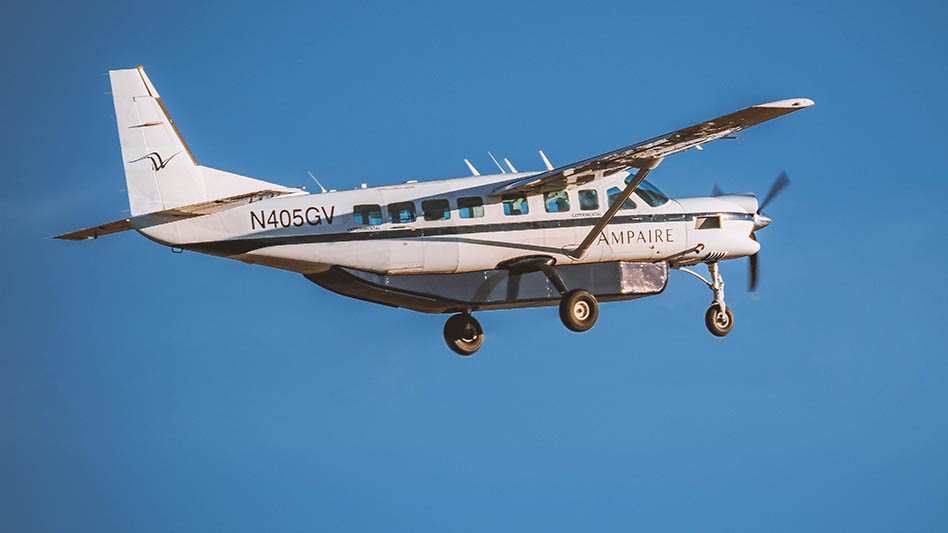The NBAA urges the FAA and DoT to take steps to safely deploy 5G

“Our industry strongly supports the deployment and implementation of 5G services across the country, but we will not compromise aviation safety.” (Photo: NBAA)
Technological development is often seen as the key to a better future. However, not all new or updated technologies come without logistical challenges when integrating them into existing infrastructure. 5G, the latest cellular technology, is an advancement that allows for significant increases in the speed and responsiveness of cellular networks. As 5G rolls out across the country, it has begun to impact aviation security in the United States.
It appears that 5G could interfere with aircraft avionics, raising questions about the new technology’s ability to safely coexist in aviation. In fact, since January 2022 alone, more than 100 incidents have been reported that could potentially involve 5G interference. The concern is over the C-band of radio spectrum that carriers Verizon and AT&T have acquired for 5G: It is dangerously close to the range of radar altimeters on airplanes used for navigation during takeoff and landing.
Given that most of the 100 incidents this year were cockpit safety alerts from 5G-related radar altimeter exposure, it seems that the issue of safely co-existing air travel and 5G is becoming more pressing as the cellular network expands. Despite this, beyond requiring operators of regional aircraft to install RF filters on aircraft types most susceptible to interferenceit appears the FAA has taken a few more steps to reduce the risk of this new technology to the aviation industry.
Now a group of aviation stakeholders, incl National Business Aviation Association (NBAA), is pushing the FAA, the Department of Transportation and the Department of Commerce to proactively address this growing problem. The goal is to implement a solution that will allow 5G to develop while preventing the delays and cancellations that are becoming common as a result of the rule change. With just seven months until the next aircraft modernization deadline, it is clear that these government agencies must act quickly to prevent complications related to aircraft modernization under the new regulations.
A coalition of stakeholders including Thales, Garmin, Embraer, Boeing, Airbus, Collins Aerospace and many others, last week published a letter of concern and request, including the following message:
“We will continue to strive to find smart solutions that enable the implementation of 5G while solving the security and operational challenges of NAS. Stakeholders cannot do this alone and we need the federal government to codify mitigation measures for all airports and extend the Power Up dates to July 2023. The whole of government must work together to ensure that future 5G deployments are not hampered and that our aviation system remains the safest in the world. Aviation stakeholders are calling on the administration to meet with us to discuss a path forward that will achieve the goal of moving 5G forward, ensuring that passengers and cargo reach their destinations safely and on time.”
Despite the controversy, business aviation does not seem to be affected by 5G to the same extent as the commercial sector of the industry. While the NBAA says this is because business jets don’t typically use CAT 1 approaches (they rely on radio altimeters that are vulnerable to interference from 5G), there may be other reasons why this segment is less affected.
For example, aircraft such as the Boeing 757, 767, and even some 737 models have radio altimeters that are deeply integrated with other systems such as autothrottle, ground approach warning, and thrust reversers. If the FAA requires changes to the radio altimeters, making those changes may be more difficult. Although the change in requirements may affect different types of aircraft differently, this factor may mitigate the impact of 5G on the business aviation segment.
The coalition of stakeholders urging these government agencies to create a solution clearly recognizes the importance of being proactive in such a dynamic industry. If the FAA, DOT, and DOC fail to identify and implement a 5G solution before the deadline, the aviation industry could face more delays, cancellations, and frustrations.
https://www.aviationtoday.com/2022/11/21/nbaa-urges-faa-dot-action-safe-5g-implementation/ The NBAA urges the FAA and DoT to take steps to safely deploy 5G





